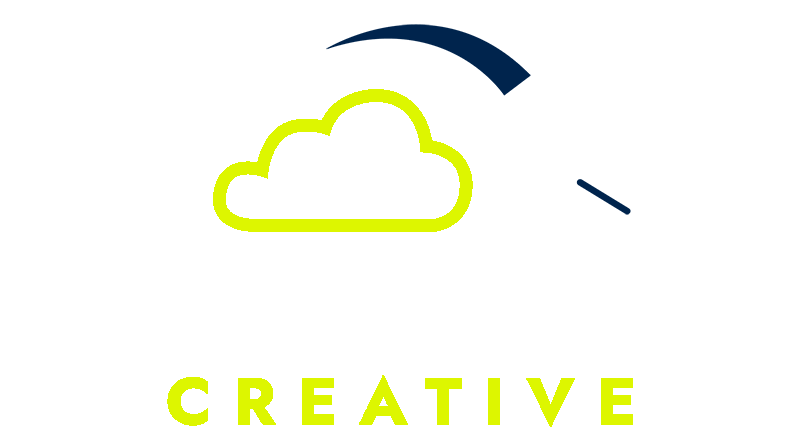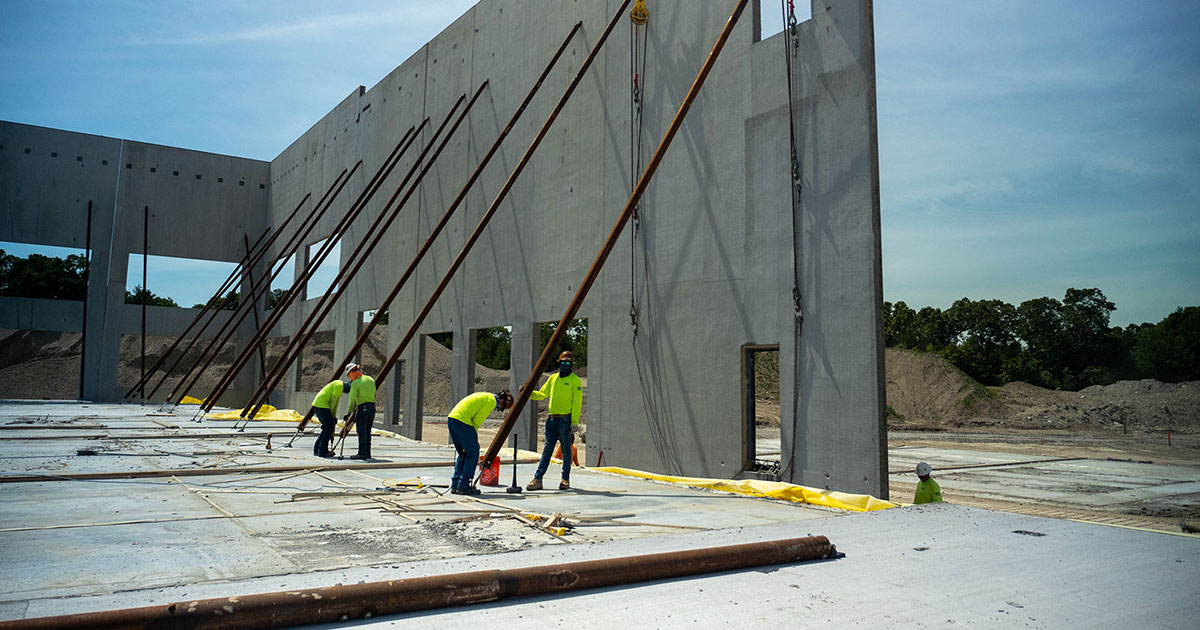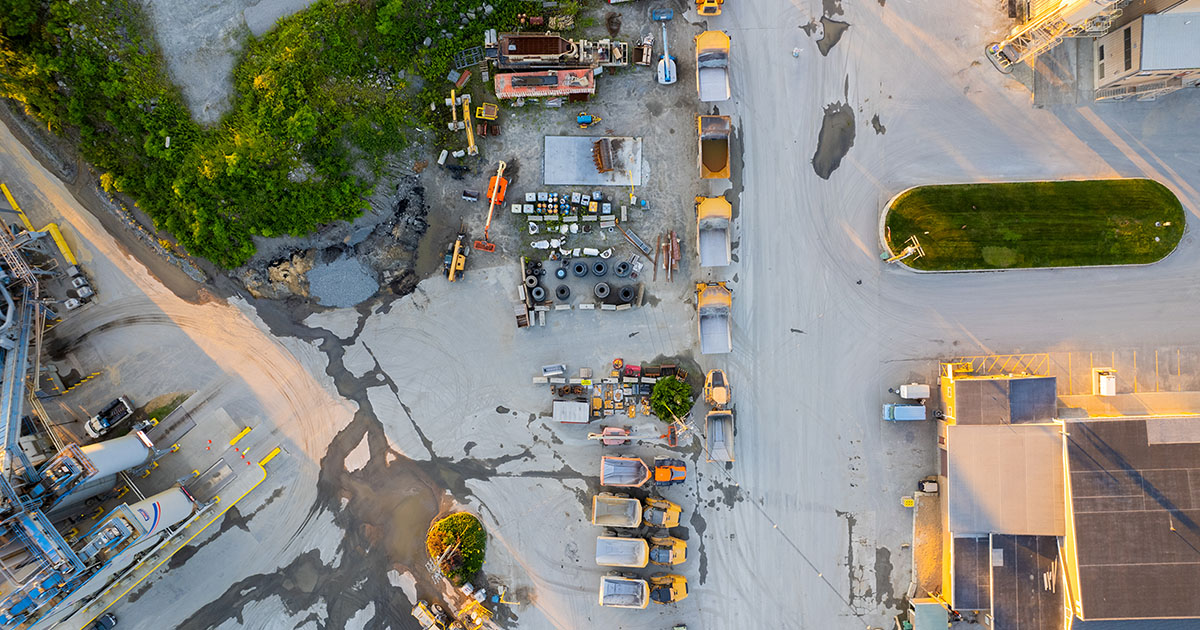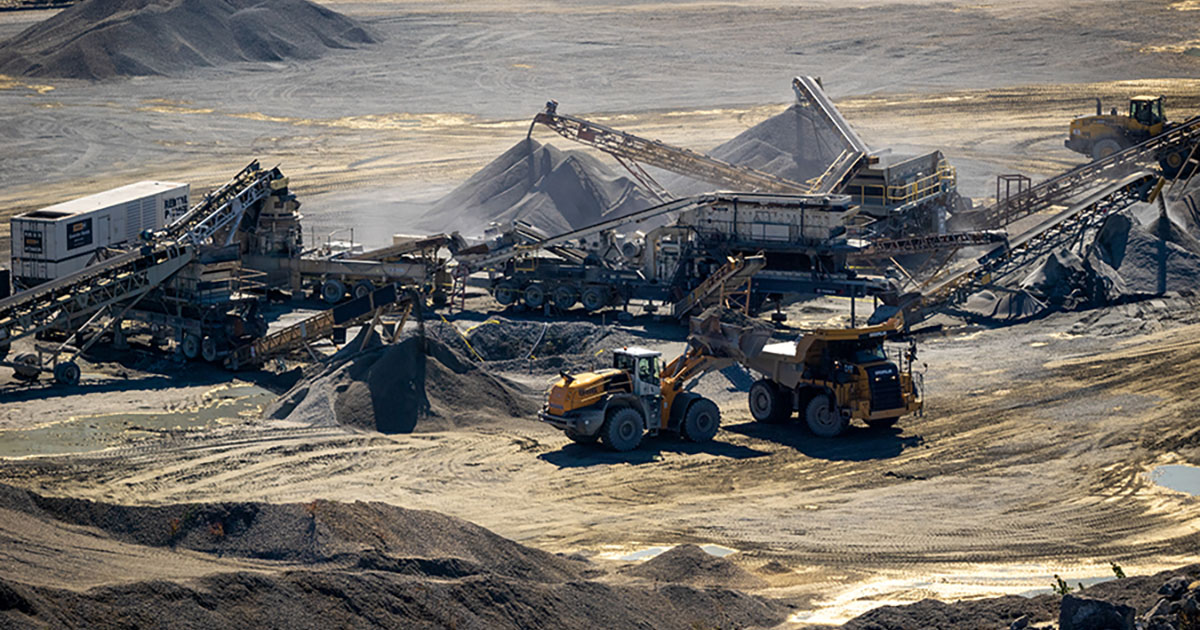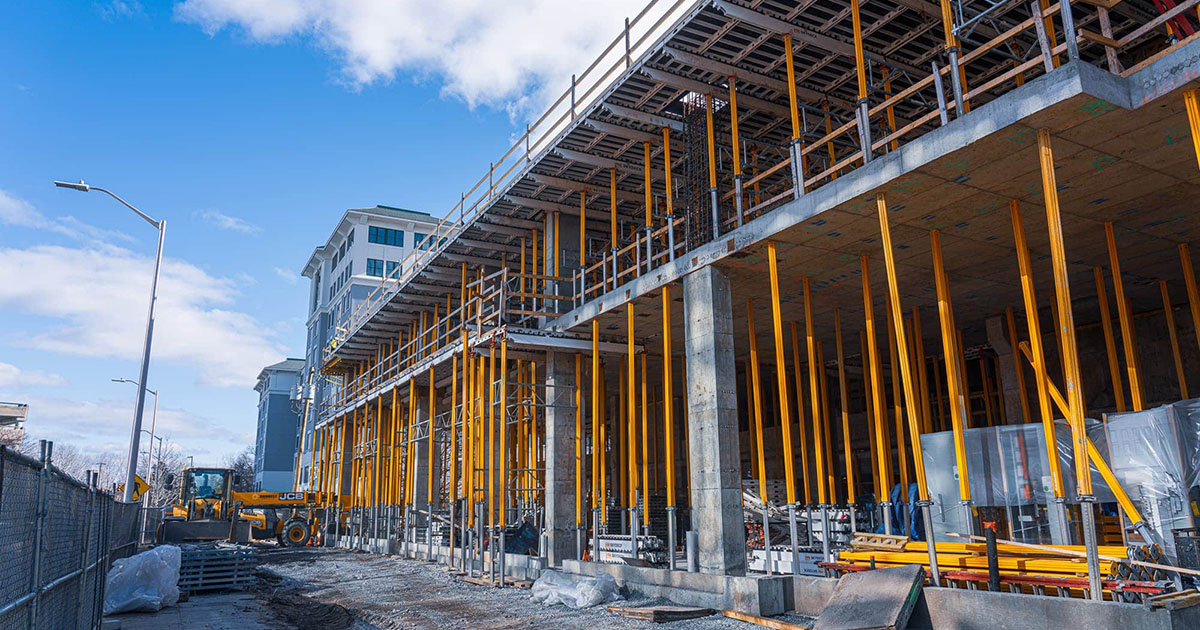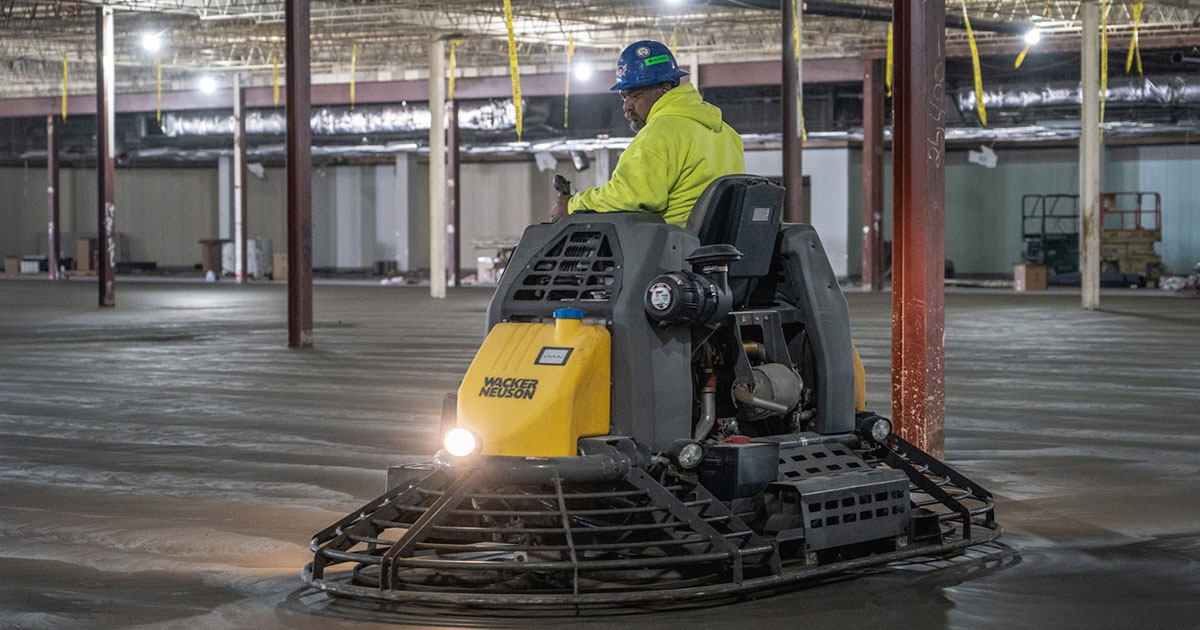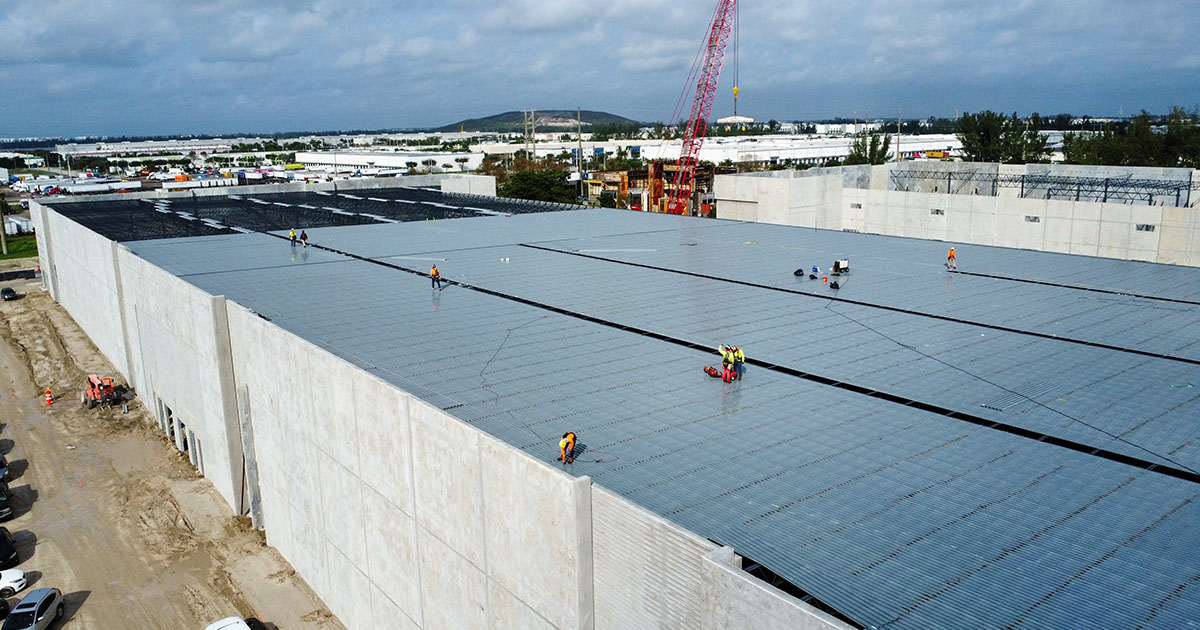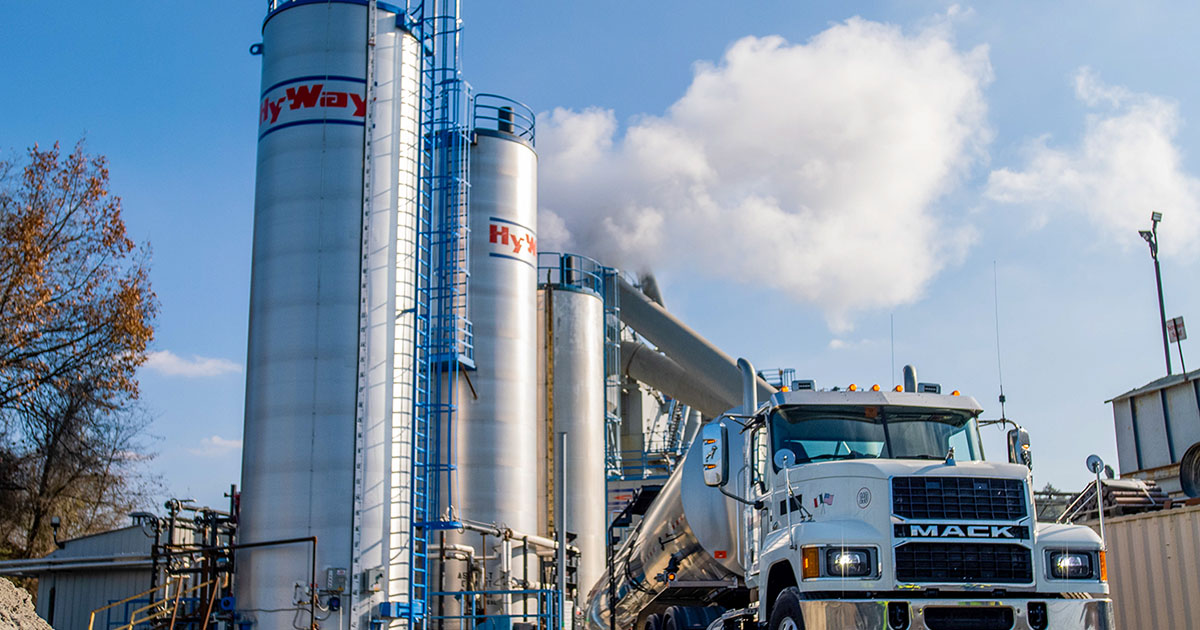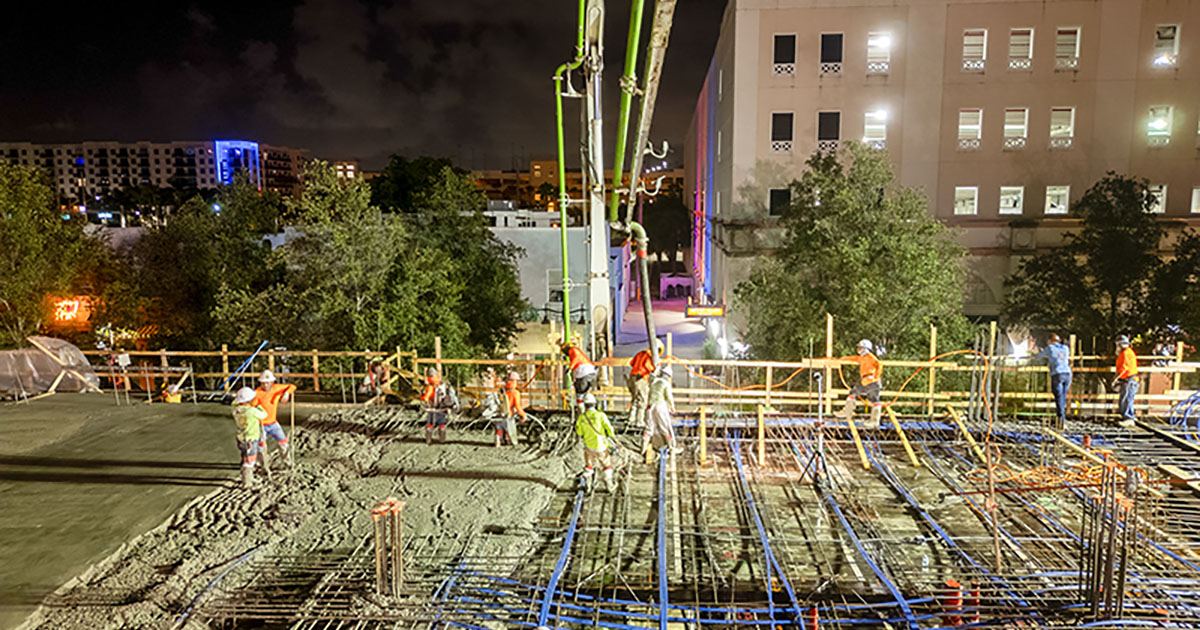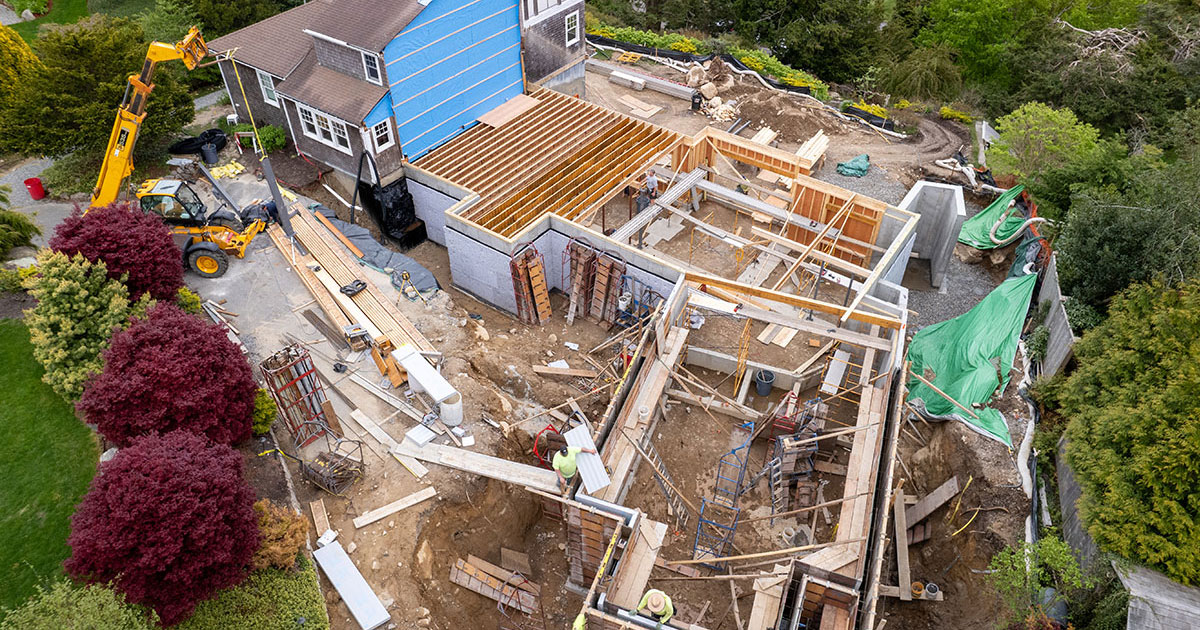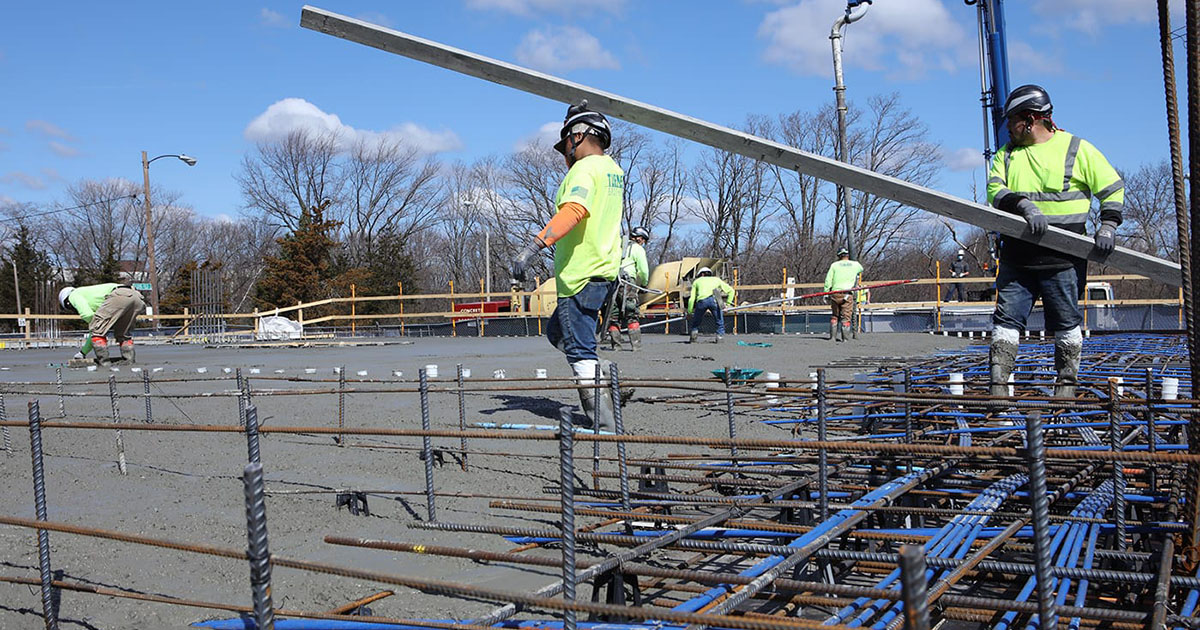
Expert Construction Industry Web Design
In today’s digital world, an impactful, user-friendly website is essential for construction businesses looking to attract new clients, showcase their projects, and stand out in a competitive industry. A well-designed website doesn’t just enhance your online presence; it also builds trust, improves visibility, and drives more leads. Construction industry web design requires a specialized approach that combines functionality, aesthetics, and industry-specific content.
In this article, we’ll explore key web design strategies that will help your construction company create a high-performing website that appeals to clients, showcases your work, and drives growth.
1. Prioritize a Clean, Professional Design
In the construction industry, a well-organized, professional website design is essential for communicating your brand’s reliability and expertise. Visitors often make quick judgments based on a website’s appearance, so it’s crucial that your design is polished and professional.
Tips for a Professional Design:
- Simple, Clean Layout: Avoid clutter and ensure your website is easy to navigate. A clean, minimalist design makes information easier to find and leaves a positive impression.
- High-Quality Visuals: Use high-resolution images of completed projects, your team, and job sites. Quality visuals convey professionalism and demonstrate your company’s capabilities.
- Consistent Branding: Use a color scheme, fonts, and design elements that reflect your brand’s identity. Consistent branding makes your site memorable and helps clients recognize your company.
A polished, professional design establishes credibility and encourages visitors to explore your services further.
2. Highlight Your Key Services on the Homepage
Most visitors arrive at your website looking for specific services, so it’s essential to clearly showcase your core offerings on the homepage. This makes it easier for potential clients to quickly understand what you do and how you can meet their needs.
How to Feature Services:
- Service Sections: Dedicate sections on your homepage for each key service, such as residential construction, commercial projects, renovations, or specialized services (e.g., eco-friendly building).
- Short Descriptions and Images: Provide a brief overview of each service with accompanying images. Include links to dedicated service pages where visitors can learn more.
- Clear Call-to-Action (CTA): Place a CTA near each service, such as “Learn More” or “Request a Quote,” to encourage visitors to take the next step.
By making services easy to find, you enhance the user experience and help potential clients quickly determine if your business is the right fit for their project.
3. Use a Portfolio to Showcase Completed Projects
In construction, showcasing past projects is one of the best ways to demonstrate your skills, experience, and attention to detail. An engaging portfolio page can be a powerful tool for winning over potential clients.
Tips for Creating an Engaging Portfolio:
- Project Case Studies: Feature notable projects with case studies that include descriptions of the project scope, challenges faced, and the results. Case studies tell the story of your work and show your expertise.
- High-Quality Images and Videos: Visuals are essential for showcasing your work, so invest in professional photography and, if possible, video footage of completed projects.
- Categorize Projects: Organize projects by category, such as commercial, residential, or specialized builds. This makes it easy for clients to find relevant examples.
A well-structured portfolio builds credibility and shows clients the quality of work they can expect when partnering with your company.
4. Implement Strong Calls-to-Action (CTAs)
Encourage website visitors to take specific actions, like requesting a quote or contacting you for more information, by using strong calls-to-action throughout the site. Effective CTAs make it easy for visitors to reach out and can increase your lead conversion rate.
CTA Placement and Wording:
- Strategic Placement: Position CTAs on every page, especially at the end of service descriptions, in the header, and alongside portfolio items.
- Clear, Action-Oriented Language: Use phrases like “Get a Free Quote,” “Request a Consultation,” or “Contact Us Today” to clearly convey what visitors should do next.
- Highlight Contact Information: Include contact buttons, phone numbers, and email addresses on every page. A visible phone number in the header ensures visitors can easily reach you.
Clear and actionable CTAs make it easy for clients to connect with your company, moving them from browsing to inquiry.
5. Optimize for Mobile Users
A significant portion of website traffic comes from mobile devices, making mobile optimization essential for construction industry websites. A mobile-friendly design ensures that visitors have a seamless experience, whether they’re browsing on a smartphone, tablet, or desktop.
Mobile Optimization Tips:
- Responsive Design: Ensure your website automatically adjusts to fit different screen sizes. A responsive design improves user experience and helps with SEO.
- Easy Navigation: Simplify navigation for mobile users by using a collapsible menu (hamburger menu) and ensuring important links are easy to tap.
- Speed Optimization: Mobile users often have less patience for loading delays, so optimize images and reduce file sizes to improve load times.
With a mobile-optimized website, you can cater to clients who are researching construction companies on the go, increasing your chances of generating leads from mobile traffic.
6. Integrate Local SEO for Maximum Visibility
Since most construction companies serve specific regions, implementing local SEO strategies on your website can significantly improve your visibility in local search results. Local SEO makes it easier for potential clients in your area to find your business.
Local SEO Strategies:
- Location Keywords: Include city or region-based keywords throughout your content (e.g., “Seattle commercial construction” or “home renovations in Boston”).
- Google My Business: Optimize your Google My Business profile with your service areas, business hours, and photos. This profile is crucial for appearing in local search results and Google Maps.
- Local Citations: List your business in local directories like Yelp, the Better Business Bureau, and industry-specific directories. Consistent name, address, and phone number (NAP) information across platforms helps with local search rankings.
With a strong local SEO presence, you can connect with nearby clients who are actively searching for construction services in your area.
7. Include Client Testimonials and Reviews
Client testimonials and reviews are an essential part of building trust with potential clients. Social proof reassures visitors that your business delivers high-quality work and excellent customer service.
How to Display Testimonials:
- Featured Reviews Section: Dedicate a section on the homepage or create a separate page for client testimonials.
- Video Testimonials: Video testimonials add a personal touch and provide more credibility than text alone. Ask satisfied clients to share their experiences on camera if possible.
- Integrate Reviews from Google and Other Platforms: Embed reviews from Google My Business or other reputable platforms. Seeing genuine reviews from multiple sources adds to your credibility.
Client testimonials can be highly persuasive, helping potential clients feel confident in choosing your company for their projects.
8. Make the Application Process Easy for Job Seekers
A well-designed construction industry website doesn’t just attract clients—it can also be a valuable tool for recruiting new talent. By creating an accessible and appealing careers section, you can attract skilled professionals to join your team.
Career Page Tips:
- Job Listings: Clearly display open positions, detailing the required skills, experience, and responsibilities for each role.
- Company Culture: Share information about your company’s culture, values, and commitment to employee development. Include team photos and employee testimonials to give job seekers a feel for your workplace.
- Simple Application Process: Make it easy for candidates to apply by including an online application form or “apply with LinkedIn” option.
By optimizing your careers page, you can attract quality candidates who are a good fit for your company, helping you build a strong, dedicated team.
9. Leverage Analytics to Measure and Improve Performance
Once your website is live, use analytics to monitor its performance and understand how visitors are interacting with your content. Tracking key metrics enables you to identify areas for improvement and continuously refine your website.
Analytics to Track:
- Traffic Sources: Identify where your visitors are coming from, whether it’s organic search, social media, or referrals, so you can focus on high-performing channels.
- Popular Pages: Find out which pages are getting the most views, helping you understand what content is resonating with visitors.
- Conversion Rates: Track how many visitors are taking action (e.g., filling out contact forms or requesting quotes) and identify any barriers in the process.
Regularly analyzing your website’s performance allows you to make data-driven improvements that enhance user experience and increase lead generation.
10. Add Interactive Elements to Boost Engagement
Interactive elements like cost calculators, project estimators, and interactive timelines can help keep visitors engaged and provide value. These tools make your website more than just a source of information, turning it into a resource that potential clients can use to make decisions.
Examples of Interactive Features:
- Project Estimator: Allow visitors to enter details about their project (e.g., square footage, materials) to get a rough estimate, encouraging them to reach out for a more accurate quote.
- Timeline Visualization: Display the typical timeline for different project types (e.g., renovation vs. new construction) to set client expectations.
- 3D Tours or Virtual Site Visits: Offer interactive 3D tours or virtual walkthroughs of completed projects, which can be especially impactful for high-end or unique projects.
Interactive elements make your website more engaging and encourage visitors to spend more time on your site, which can improve SEO and lead generation.
11. Provide Educational Resources and Blog Content
Creating valuable, informative content positions your construction business as a knowledgeable resource and can improve your SEO. Content such as blogs, guides, and FAQs can answer common client questions and address their pain points.
Content Ideas for Construction Websites:
- Project Planning Guides: Write guides to help clients understand project timelines, budgeting, and preparation for various types of construction.
- Material Choices and Pros/Cons: Offer insights on popular materials, such as concrete, steel, or eco-friendly options, helping clients make informed decisions.
- Local Building Regulations: Explain local building codes or permit processes to highlight your familiarity with local regulations, which reassures clients and boosts your credibility.
By publishing high-quality content, you not only educate potential clients but also improve your search engine rankings, attracting more organic traffic.
12. Emphasize Safety Standards and Certifications
Safety is a top priority in construction, and emphasizing your commitment to it can build trust with potential clients. Displaying safety certifications and mentioning your adherence to industry standards shows professionalism and dedication to client welfare.
Ways to Highlight Safety Standards:
- Dedicated Safety Section: Create a webpage or section on your site that outlines your company’s safety protocols, certifications, and commitment to best practices.
- Visual Badges or Seals: Use visual badges to showcase certifications from reputable safety organizations, like OSHA or the National Safety Council.
- Case Studies with Safety Challenges: If applicable, describe how you managed safety challenges on specific projects to demonstrate your ability to handle complex situations.
A focus on safety standards reassures clients, especially on large or complex projects, that you’re a reliable partner committed to maintaining high standards.
13. Integrate Social Proof from Client and Industry Awards
In addition to testimonials, social proof can be strengthened by showcasing awards, industry recognition, and partnerships with reputable brands or organizations. This can help differentiate your business and elevate its credibility.
Ideas for Showcasing Social Proof:
- Awards and Recognitions: Dedicate a section to any industry awards or recognitions, such as “Best Commercial Project” or “Top Contractor in [City].”
- Logo Display for Partnerships: Display logos of well-known brands you’ve worked with or certifications from respected organizations (e.g., LEED-certified, BBB-accredited).
- Press Mentions and Features: If your projects or company have been featured in industry publications or local news, link to these articles to add further credibility.
Displaying industry recognition builds authority, making potential clients more confident in choosing your business.
14. Integrate a Customer Relationship Management (CRM) System for Lead Tracking
Integrating a CRM system on your website can help you manage leads more effectively. CRMs allow you to capture and organize client information, track communication history, and follow up efficiently, ultimately improving your chances of converting leads into clients.
Benefits of CRM Integration:
- Streamlined Follow-Up Process: Automate follow-ups and ensure no lead falls through the cracks, which is especially helpful for high-intent visitors who request quotes.
- Improved Client Insights: A CRM allows you to track client preferences, past interactions, and needs, enabling more personalized communication.
- Analytics and Reporting: Track lead sources and conversion rates, helping you refine your marketing efforts over time.
Integrating a CRM system allows your team to maintain organized, timely communication with potential clients, increasing the chances of securing projects.
15. Create a Resource Library with Downloadable Content
A resource library with downloadable content like eBooks, checklists, and case studies can provide additional value to website visitors while serving as a lead generation tool. Visitors often provide their contact information in exchange for access to these resources.
Types of Downloadable Resources:
- Project Planning Checklists: Offer downloadable checklists that guide clients through project planning stages, including budgeting, timelines, and material choices.
- Construction Glossary: Provide a glossary of common construction terms to help clients understand technical language, enhancing their experience and reducing confusion.
- Case Study PDFs: Create in-depth case studies of high-profile projects in PDF format that potential clients can download and read offline.
A resource library not only demonstrates your expertise but also helps you capture leads from clients who are in the research phase.
16. Optimize Page Load Speed for Better User Experience and SEO
Website speed impacts both user experience and search engine rankings. A slow-loading website can drive potential clients away, and Google considers page speed a ranking factor, especially for mobile searches.
Ways to Improve Page Load Speed:
- Image Compression: Compress high-resolution images without compromising quality to ensure faster loading times.
- Reduce Redirects: Minimize redirects to prevent unnecessary loading delays, especially on key pages like the homepage and portfolio.
- Leverage Browser Caching: Allow elements to be temporarily stored in users’ browsers, speeding up load times on repeat visits.
Optimizing page speed not only keeps visitors engaged but also improves your search engine rankings, increasing your visibility and accessibility.
17. Provide a Detailed FAQ Section for Client Convenience
A comprehensive FAQ section can address common client questions, reducing the time your team spends answering inquiries and providing visitors with quick answers, which enhances their experience on your site.
FAQs to Include:
- Service and Project Questions: Cover questions about the scope of services, typical timelines, and project processes.
- Pricing and Estimates: Explain how estimates are calculated, the factors that influence pricing, and the steps to request a quote.
- Regulations and Permits: Address questions about required permits, inspections, and compliance with local building codes.
A well-developed FAQ section not only provides immediate answers but also demonstrates your transparency and commitment to educating clients.
18. Highlight Eco-Friendly and Sustainable Practices
With growing interest in eco-friendly practices, showcasing your commitment to sustainability can help attract environmentally conscious clients. Many homeowners and businesses now seek contractors who prioritize sustainable building practices.
How to Emphasize Sustainability:
- Eco-Friendly Projects Page: Dedicate a section to green building practices, materials you use, and energy-efficient solutions.
- Certifications and Partnerships: Highlight any eco-certifications, such as LEED, or partnerships with green building suppliers.
- Content Marketing on Sustainability: Write blog posts or guides about sustainable construction, energy-saving tips, and green material choices.
By emphasizing sustainability, you attract clients who value environmental responsibility and set your business apart as a leader in green construction practices.
19. Incorporate Visual Content That Demonstrates Project Progress
Potential clients are interested not only in finished projects but also in the process that leads to completion. Offering visuals that showcase each stage of your work—planning, demolition, construction, and final results—can give them a better sense of your capabilities.
Ways to Showcase Project Progress:
- Project Timelines: Use progress photos or short videos to show clients what each stage of a project looks like.
- Time-Lapse Videos: Create time-lapse videos that condense entire projects into a few minutes, highlighting your team’s efficiency and skill.
- Behind-the-Scenes Content: Share insights into the work involved, like material sourcing, safety practices, or challenges overcome.
Project progress visuals give potential clients a fuller picture of your process and reassure them of your dedication to quality work at every stage.
Building a High-Impact Website for Your Construction Business
Creating a high-impact construction industry website involves combining professional design, clear service offerings, strong local SEO, and engaging content. By focusing on user experience, showcasing your work, and making it easy for clients and job seekers to connect with your business, you can increase leads and establish a solid online presence.
A well-optimized website isn’t just a digital brochure—it’s a tool that can drive growth, attract top talent, and position your construction business as a trusted leader in your industry.
